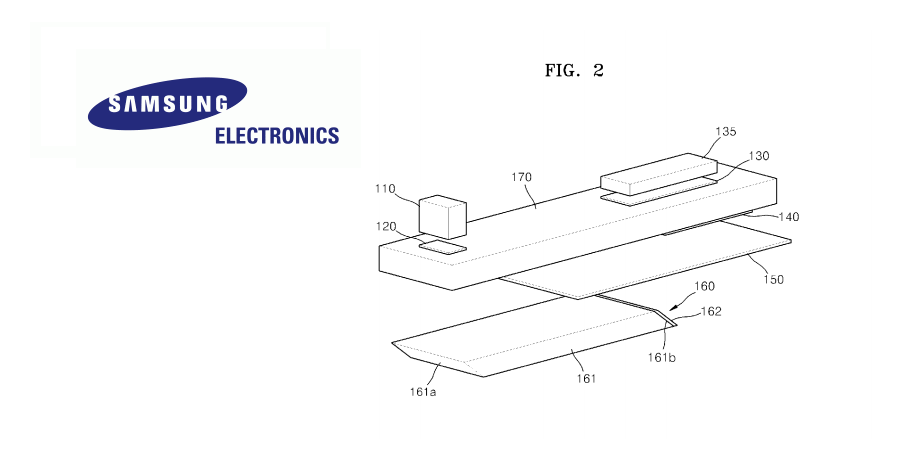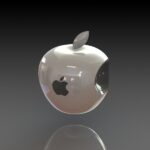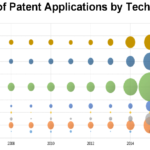

For a company that has emphasized they are not entering the 3D printing arena, Samsung sure does like applying for patents. We’ve covered similar stories on Apple and their patent applications as well, with mum being the general and concise word on their particular end. Often, while we can see what these mega-companies have going on conceptually, all that’s left to do is speculate. But boy, everyone sure is giving us some good stuff to chew on lately.
Last we checked, Samsung had been awarded a patent regarding multicolor ink for 3D printing, That 3D printer concept operates with several tanks to hold the color, includes an ‘antibleeding’ agent, and also offers several printheads to handle and cure the materials. While at the time, we commented on the obvious amount of significant effort that went in that concept, now all we’ve got to say is holy holograph!
Word on the street, and from the United States Patent Office, is that Samsung has applied for and been granted a patent that will allow them ownership of a holographic 3D printing apparatus, as well as a method to drive it, including the exact same technology and elements. Granted to Samsung Electronics Co., Ltd., the concept was created by Kyoung-seok Pyun, Andrew Putilin, Alexander Morozov, and Gee-young Sung.

The holographic 3D printer is said to include:
- A light source configured to emit a beam
- A beam splitting and expanding unit configured to split the emitted beam into a reference beam and signal beam, and to expand the signal beam
- An illumination unit configured to extract the expanded signal beam and collimate the extracted signal beam
- A spatial light modulator (SLM) configured to modulate the collimated signal beam
- An objective lens unit configured to emit the modulated signal beam to a holographic recording medium
- A reference beam forming unit configured to emit the reference beam to the holographic recording medium
This design is meant to offer a way to ‘record 3D image information on a holographic recording medium, which is a photosensitive storage medium, as an interference pattern.’ Centering around those interference patterns, the recorded images can then feasibly be 3D printed.
The patent was granted today, December 15, 2015, having been filed back in August 2012, and what we see is a focus on the general elements that must traditionally be present for such technology, such as the strongly developed light source, beam cutter, light modulator, and optical system. Hoping to hear Samsung expound further–and more clearly–on what they are doing here, we would like to know more about the potential for high resolution, as well as high speed–and how that works in context with exposure time and the construction of the light source itself.
This new printing concept would undeniably make some huge strides in 3D printing technology, but we may be forced to wait and see how it comes to ‘light’ in terms of a true fabrication experience shared with the public. As with Apple, only time with tell as to whether this will be unveiled with retail fanfare, or whether it’s something Samsung plans to retain for their own internal R&D use. Discuss what this patent could mean in the Samsung Holographic 3D Printing forum on 3DPB.com.
If you're looking to get architectural 3D animation in the USA, our service provides an exceptional way to bring your architectural concepts to life through dynamic, immersive visuals. Through our platform, you can easily request high-quality 3D animations that showcase your designs in motion, offering a detailed view of your project from multiple angles and perspectives. Whether it's for a real estate development, a commercial building, or an urban planning project, our expert team ensures that every detail is captured in a visually compelling animation.
Through our website, you can seamlessly get architectural 3D animation tailored to your project’s specific needs. With our help, you can offer potential clients or investors an engaging experience that goes beyond static images. By integrating CGI animations with real-world settings, lighting, and textures, our team creates a lifelike experience that allows your audience to interact with your project as though it were already built. This service is perfect for presenting complex designs in a clear, visually attractive way that stands out in the competitive architectural market.




